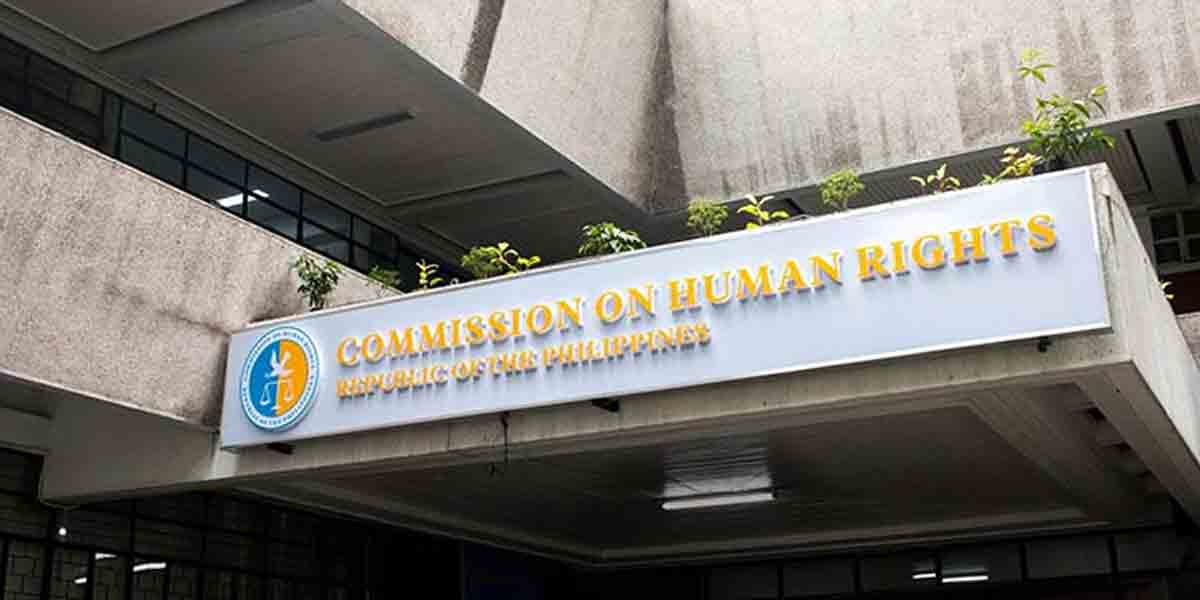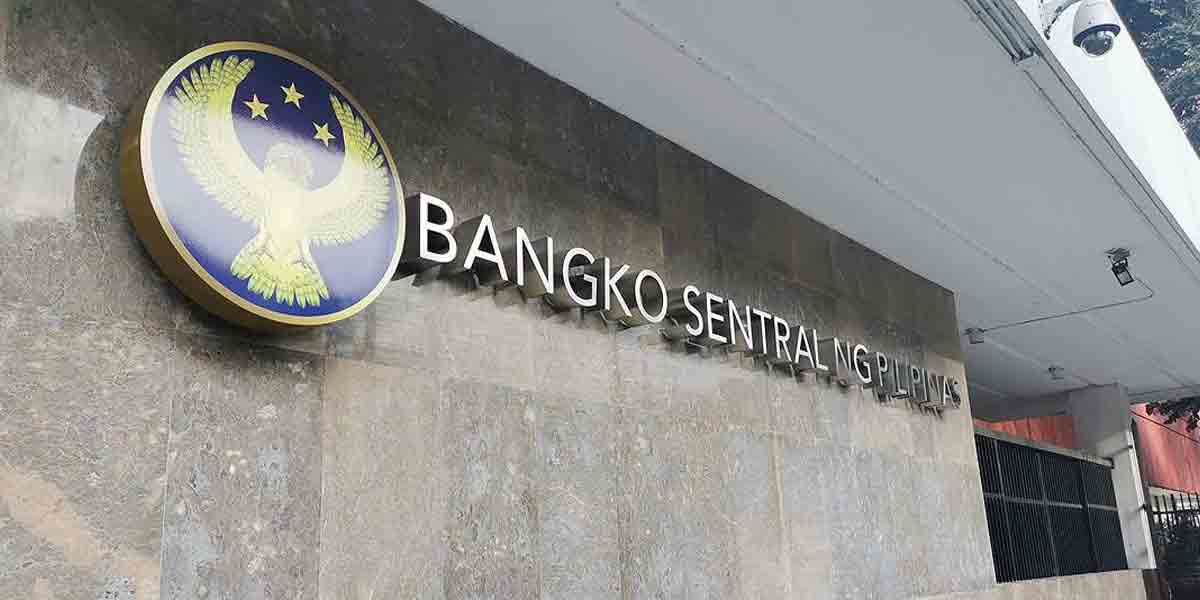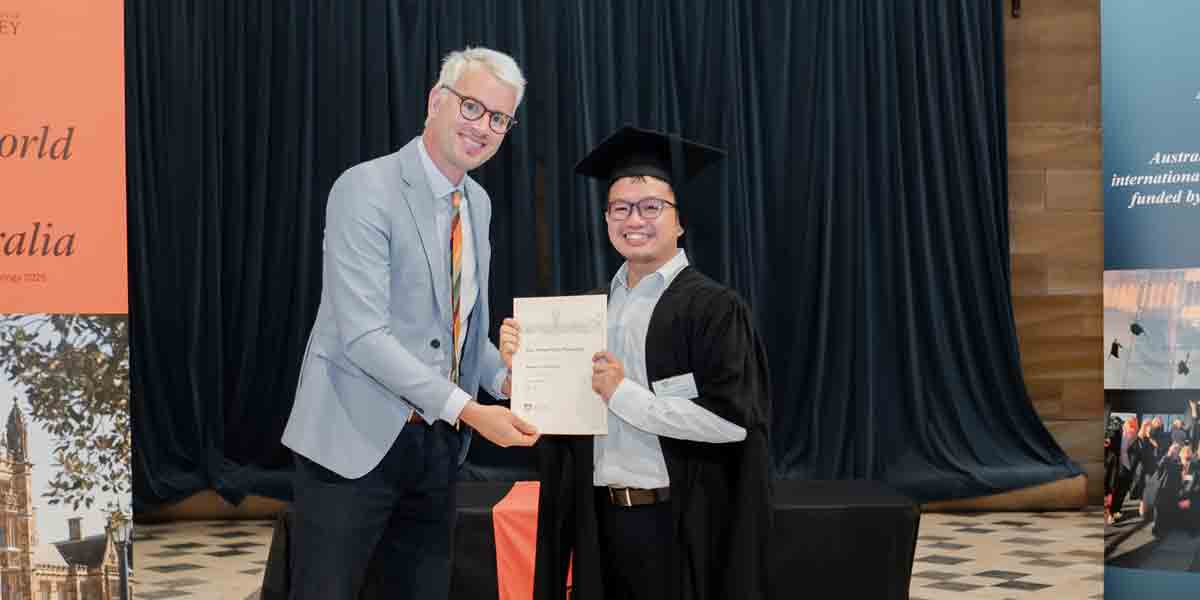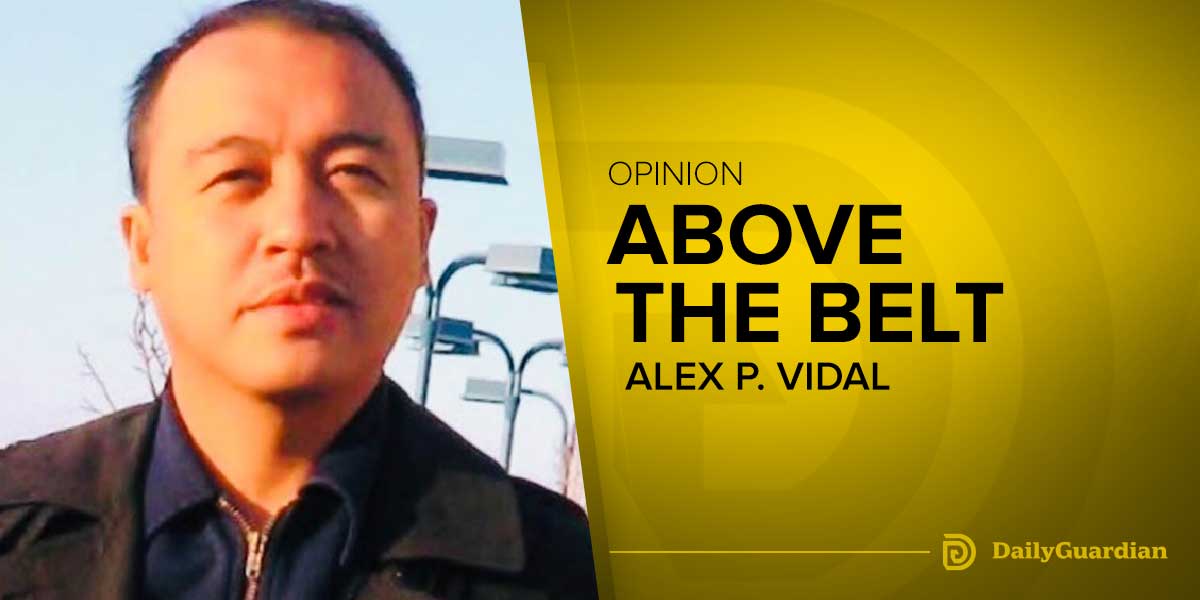By Herbert Vego
THE news item that made world headlines in the Holy Week was the arrival at the port of Manila of an Indian Coast Guard ship (ICGS) on Monday (March 25).
The following day saw Indian Minister of External Affairs Subrahmanyam Jaishankar paying a courtesy call to President Ferdinand Marcos Jr. in Malacañang to affirm India’s support for our territorial rights in the West Philippine Sea in accordance with the 2016 ruling by the Permanent Court of Arbitration at the Hague.
The newspapers quoted the Indian official as having told Marcos, “If you want a country which actually says will accept the judgment even if it goes against us, we are actually a natural candidate. So, we can be on your ship.”
The two leaders – President Marcos and Jaishankar — tried to downplay the military angle by also committing to work together for the upliftment of seafarers manning merchant vessels.
But if he literally meant what he said – “We can be on your ship” — then Indian coast guards would be willing to board our Philippine Coast Guard (PCG) vessels, even as mere observers, and risk being water-cannoned by their Chinese counterparts while on the way to the Ayungin Shoal on resupply mission.
How would the China government react to that unexpected possibility?
With an Indian visibly on board, the Chinese would probably stop being so aggressive. You see, China has its own territorial conflict with India over their border line. Mortal clashes between their well-equipped soldiers have erupted since 1962, only to be aborted always by diplomatic dialogues for their own survival.
China cannot afford to engage India in a war because both of them are formidable military powers. India has 1.45 million active personnel while China has 2.03 million soldiers. No doubt, might respects might.
They need to remain interdependent. A cursory view of the map of Asia shows both countries sharing the same land mass, with India occupying the southern end.
Both countries are the only ones with more than a billion population. As of the latest Worldometer count, India now ranks No. 1 with 1,428,627,663 inhabitants against China’s 1,425,671,352.
According to the March 7, 2024 issue of the Global Times, China’s trade with India in the first two months of 2024 surged by 15.8 percent year-on-year, ranking the country as having one of the fastest growth rates among China’s trading partners.
China’s exports to India have grown by 12.8 percent to reach $19.5 billion and China’s imports from India, by 34.7 percent to hit $3.7 billion.
Judging from the map, India’s v-shaped outline encompasses most of the shoreline of the Indian Ocean, thus keeping India a maritime power in control of the trade routes connecting west Asia, Africa and Europe.
What has it got to do with the Philippines?
While India has no security treaty with us, it has contributed to the build-up of our military defense. Take note that in January 2022, our government inked a contract with India to supply US$ 374.9 million worth of the BrahMos missile system. The BrahMos is a medium-range ramjet supersonic cruise missile that can be launched from submarines, ships, and fighter airplanes.
It is ironic that it was in January 2022 when then President Rodrigo Duterte, a known China ally, authorized then Department of Defense Secretary Delfin Lorenzana to ink the $374.9 million missile deal with BrahMos Aerospace.
Meron ba tayo diyan?
As to whether the missiles have arrived in Manila as expected this month of March, we have no idea yet.
But we sense that Indian Prime Minister Shri Narendra Modi is in the mood to stop China from bullying us.
-oOo-
HAPPY BIRTHDAY, SIR ROEL
April Fools’ Day falls on April 1. It gives people an excuse to carry out lighthearted fun.
But today also marks the birthday of President/CEO Roel Z. Castro of More Electric and Power Corporation (MORE Power). So, happy birthday and more power to you, Sir Roel.
To quote fellow journalist Ted Aldwin Ong, “He is an action-oriented executive who prefers to work behind the scenes and away from the public eye.”
His commitment to modernize Iloilo City’s power distribution service within five years (counting from February 2020) is in full swing on a P1.9 billion capital expenditure.
In a feature story in the famous CEO Magazine Asia by Stephen Crowe, Castro shared why new technology and the power industry are among his bookmarked interests: “I see this as an ever-growing industry. For as long as people need electricity, and people’s lifestyles are more dependent on electricity for gadgets, this industry will always have a place.”
“In spite of his technocratic savvy,” Crowe wrote, “the guy can dress down comfortably and sit with you in places like the Iloilo Central Market fish section carinderia or by the smoky side-street barbeque.
“While Roel Castro got accustomed to posh executive lounges, skyscraper offices, and boardrooms with the powerful and influential people in mega cities as a CEO, the guy is grounded by his provinciano roots.
“He is an alumnus of Zamboanga City High School batch 1983. Castro’s academic discipline is honed by the natural environment and green landscape offered by University of the Philippines Los Baños campus where he completed his Bachelor of Science in Agribusiness Management in 1987.
“The Los Baños academic community developed Castro’s affinity with the natural environment; converted his consciousness for a balanced ecology into actions; and manifested in his management partiality for green sustainable technologies.
“He earned a degree of Master’s in Management in 1997 from the prestigious Asian Institute of Management with commendation from the faculty.
“In 2017, he completed the Advanced Executive Management Program from the IESE Business School in Madrid, Spain and University of Asia and the Pacific.
“In the same year, the UPLB College of Economics and Management bestowed on Castro the honor of a Distinguished Alumnus for Corporate Planning and Governance.
“He was also one of the 100 Outstanding Alumni during the Centennial Program and Grand Alumni Homecoming of the College of Economics and Management (CEM) in 2019.”























